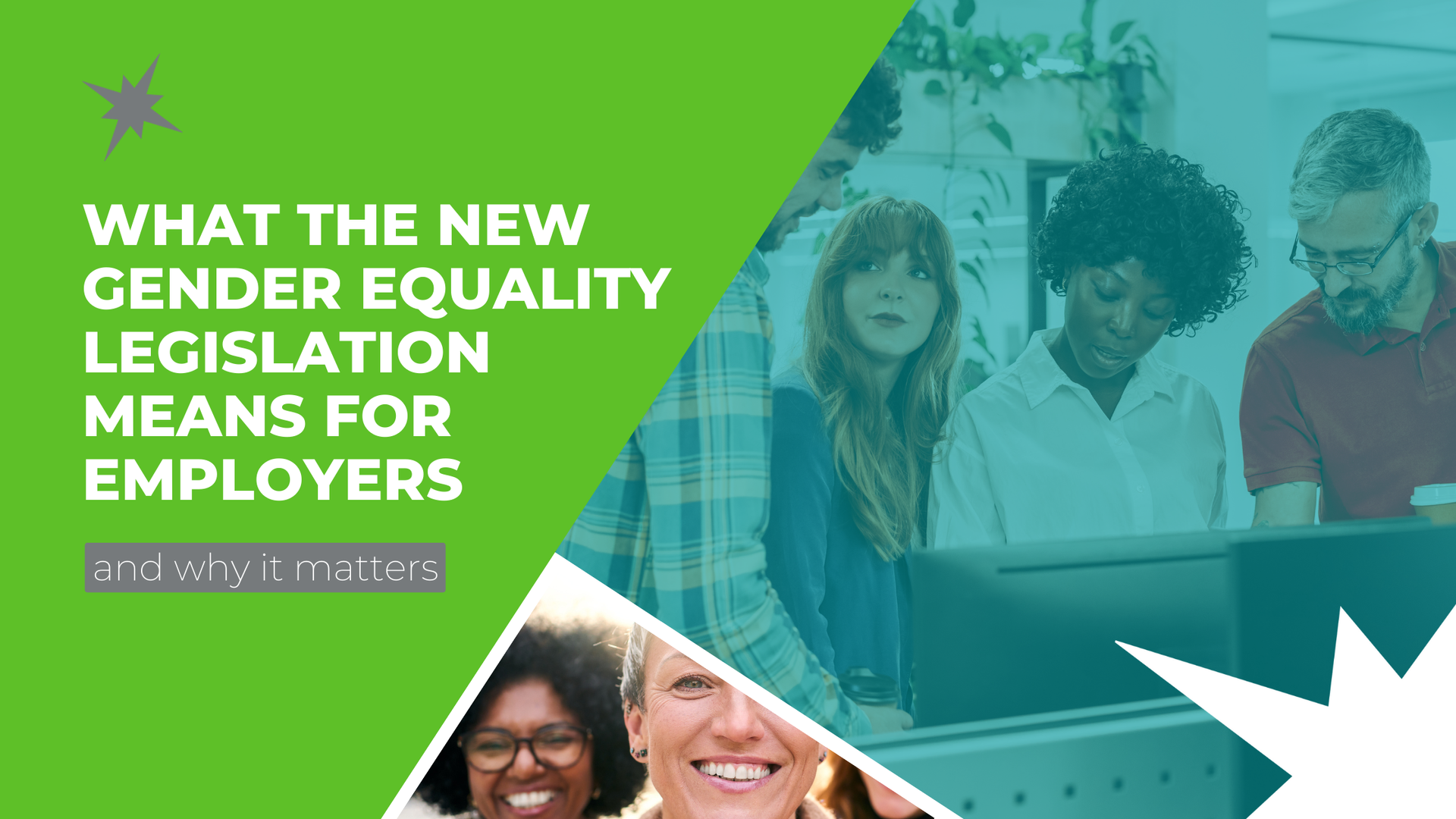Blog
< Back to Blogs
New Job Nerves: Tips to Succeed on Your First Day

Starting a new IT job is both exciting and daunting. There are so many new faces, so much to learn and often pressure to make a good first impression on your new employer. Those early days can set the tone for the rest of your time at the company, so putting in a bit of extra preparation and effort can go a long way towards beating those new job nerves and getting off to a good start on your first day, even if it’s remote!
We’ve put together these tips for how to start a new job successfully to help you make the transition into your new role with positivity and optimism.
Pay Attention and Ask Lots of Questions
The first day at a new job involves a steep learning curve. From company processes, different technologies and tasks to IT systems and communication channels – it’s all new! As tempting as it is to prove your previous experience, it’s worthwhile remembering that you won’t have all the answers.
Arm yourself with a notebook, tablet or laptop and take notes during any orientation, induction or training, even virtual ones. This will help you become familiar with the work environment as well as how your role fits in with the rest of the team. The key here is to listen more than you talk, but always ask questions when you have them.
One of the benefits of being the new colleague is that you’re not expected to know everything from the get-go. Rather than tackling a new task incorrectly, ask for help. This shows that you’re taking responsibility for your learning. In situations where you can, however, don’t hesitate to be proactive and do some problem solving of your own. Similarly, if you have the capacity, volunteer to help out with any extra tasks that arise – your willingness to go the extra mile will leave a lasting impression on colleagues and managers alike.
Get to Know Your Colleagues
Building relationships with your new colleagues is a key aspect of easing into a new IT job seamlessly. Throughout the day, be the first to say hello and take opportunities to have conversations with co-workers. Ask questions about them and what they like or do – after all, most people enjoy talking about themselves. Make an effort to remember names by writing them down or by creating your own organisational chart. Being friendly and showing a genuine interest in your colleagues will help you start building a good rapport on your first day.
Likewise, try to accept invitations to social gatherings such as lunch or after-work drinks – they’re great opportunities to get to know people in a more casual setting. Whilst your manager might be the most intimidating of your new coworkers, understanding how they communicate, their leadership style as well as how they like things to be done will put you in good stead as a valued team member.
Learn About the Company
The more you know about a new company and its activities, the faster you will get up to speed in your new IT job. Social media platforms such as LinkedIn, Facebook or Twitter are great tools to gather insightful information and may also unveil the key players within an organisation. This could be taken even a step further with research on clients or partners.
Utilise the first day, as well as the ensuing weeks, to immerse yourself in the culture and absorb what goes on in your new work environment. Keep current on the news, developments and successes whilst getting to grips with the company structure. Learn about the pipeline of tech projects that will be underway as well as those completed. This knowledge will be priceless as a fully-fledged member of your new team.
Own Up to Mistakes
You are sure to enjoy some victories when starting an IT job, however, you’ll likely also make a few mistakes. No one gets everything right all the time, let alone on their first day at a new job. If you make a mistake, be honest and own up to it. Carve out a plan to fix the problem and avoid making the same error in future. Above all, don’t forget to celebrate your successes as well! The first day can be challenging, but each day in a new job will get a little easier.
Summary
Understanding how to start a new job successfully will lead to a great first impression as well as pave the way for a great career in your new position. By following some of our first day at work tips, you will make a successful transition into your hard-won role and lessen some of the nerves that come with it. The main thing to remember is to be patient – it takes time to settle into a new company. Before you know it, you will be a prized member of the tech team!
For more career advice or support with finding IT jobs in Australia, get in touch with Enterprise IT Resources.
Share This Article
Recent Articles


Filter By Category
Subscribe to our News & Advice
We will get back to you as soon as possible.
Please try again later.





All content copyrighted Enterprise IT Resources © All rights reserved | Privacy Policy | Collection Statement | Powered with 💚 by Shazamme









